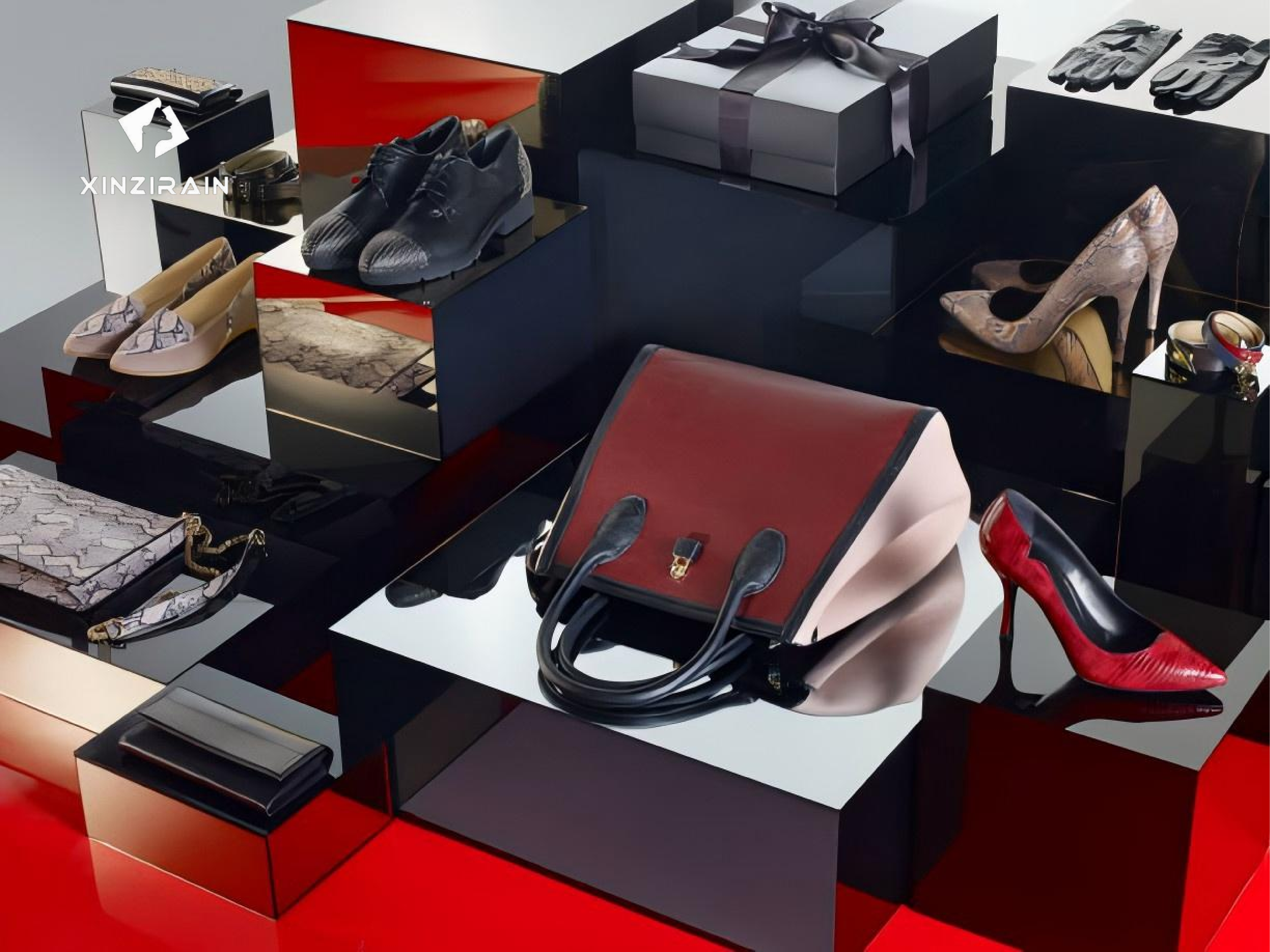
O le amataina o se pisinisi fai taga e manaʻomia ai se faʻafefiloi o fuafuaga faʻataʻitaʻi, faʻataʻitaʻiga faʻataʻitaʻiga, ma malamalamaga faʻapisinisi e faʻatumauina lelei ma fua i le lalolagi faʻataʻitaʻiga. O le taʻiala taʻitasi taʻitasi e faʻatatau i le faʻatulagaina o se pisinisi ato tupe maua:
1. Fa'ailoa Lou Niche ma Aufaitau
Muamua, fuafua le sitaili ma maketi maketi o ato e te manaʻo e gaosia. O e fa'amoemoe mo taga tote gafataulimaina, ato pa'u pito maualuga, po'o ato afeleti e tele aoga? Malamalama i lau faʻatatau i le faitau aofaʻi ma le taimi nei, e pei o le manaʻoga momea fa'aleleipo'o ni mamanu fa'apitoa, e fesoasoani e fa'amatala ai le fa'atauga o lau oloa ma le ta'iala tau

3. Punaoa Lelei Mea ma Meafaigaluega
Ina ia fa'amalieina mana'oga o tagata fa'atau, maua mai mea e sili ona lelei e fetaui ma lau fa'ailoga, e pei o pa'u umi, mea vegan, po'o ie toe fa'aaogaina. O meafaigaluega taua e aofia ai masini su'isu'i falegaosimea, tipi tipi, ma masini ova. O se sapalai fa'atuatuaina fa'atasi ai ma tulaga lelei o meafaitino e fa'amautinoaina o au ato e fetaui ma tulaga fa'atauva'a ma fausia ai le fa'atuatuaga i tagata fa'atau
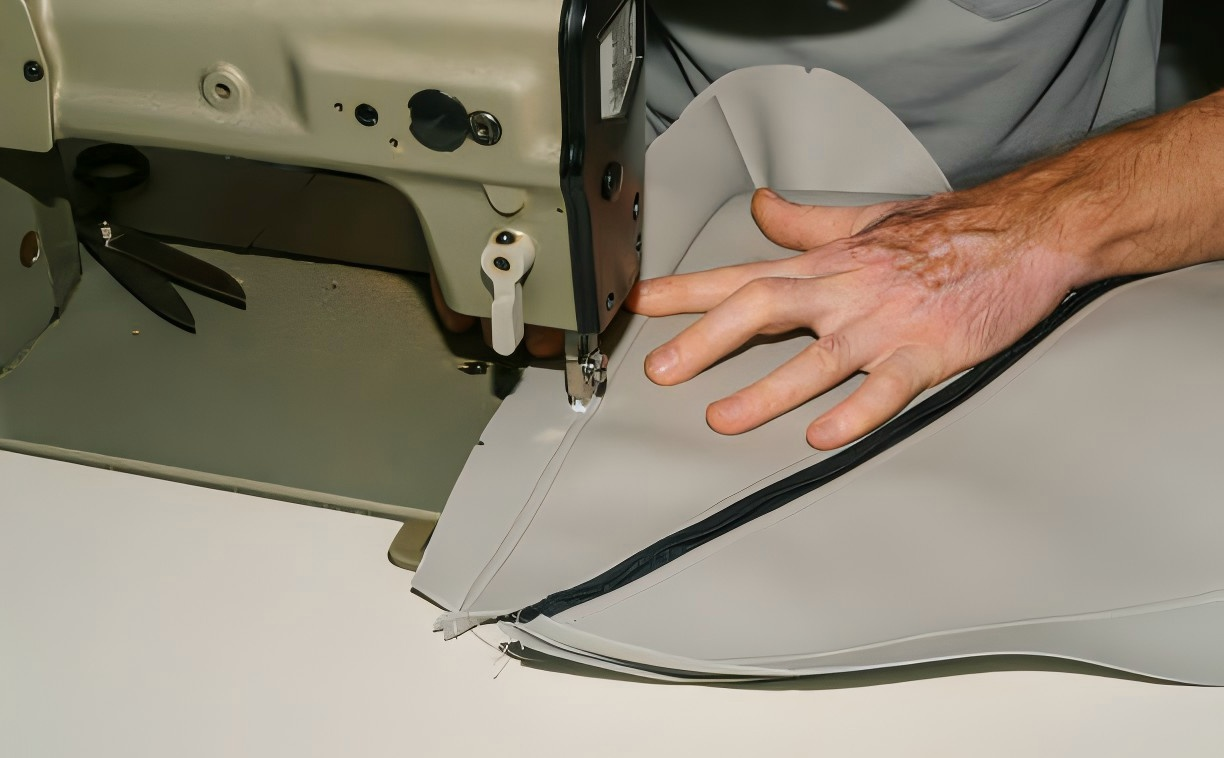
5. Seti Ala Fa'atau
Mo pisinisi fou, faʻavae e pei o Etsy poʻo Amazon e taugofie mo le oʻo atu i le au maimoa i le lalolagi atoa, ae o le aganuʻu Shopify upega tafaʻilagi e ofoina atu le puleaina o faʻailoga. Fa'ata'ita'i i auala uma e lua e iloa ai po'o fea e sili ona aoga mo lau maketi fa'atatau ma le paketi. Tuuina atu o faʻaitiitiga poʻo faʻasalalauga ofo mo tagata faʻatau muamua e mafai ona tosina mai ai se tagata faʻatau faʻamaoni
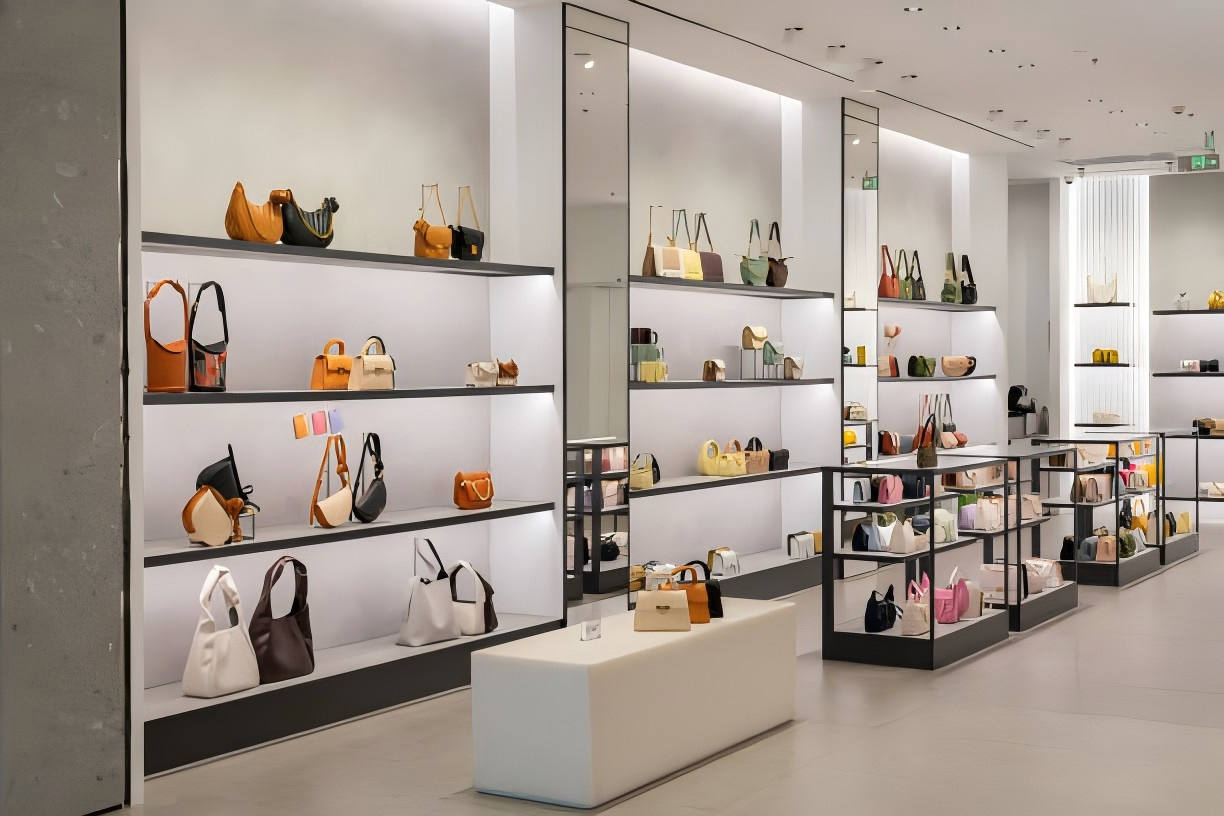
2. Atia'e se Fuafuaga Pisinisi ma Fa'ailoga Fa'ailoga
O lau fuafuaga fa'apisinisi e tatau ona fa'avasegaina sini, tagata fa'atatau, tau amata, ma tupe maua fa'amoemoeina. Fausiaina o se fa'ailoga tu'ufa'atasi-e aofia ai se igoa, tagavai, ma le misiona-e fesoasoani e fa'avasega au oloa i le maketi. O le fatuina o se faʻasalalauga malosi i luga o le initaneti i luga o faʻasalalauga faʻasalalauga e pei o Instagram ma Pinterest e taua mo le faʻatasi ma lau au maimoa.
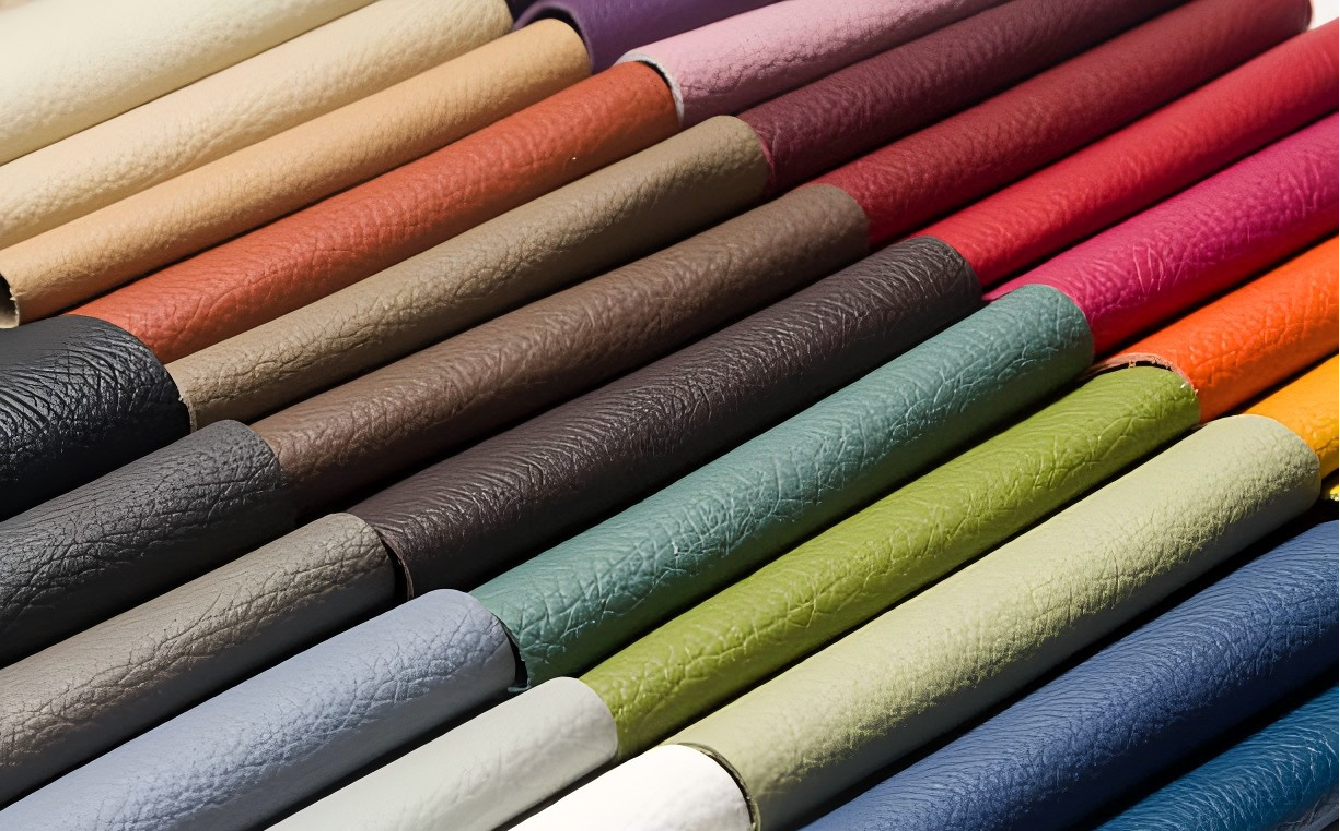
4. Fa'ata'ita'i ma Su'e Au Fuafuaga
O le atina'eina o fa'ata'ita'iga fa'ata'ita'iga e mafai ai e oe ona fa'ata'ita'i galuega fa'atino ma aoina fa'amatalaga. Amata i se vaega itiiti, ma mafaufau e ofoina atu ni vaega fa'atapula'a e iloilo ai mana'oga a'o le'i faia le gaosiga tele. Fetuuna'iga i le mamanu ma meafaitino e fa'atatau i fa'amatalaga muamua e mafai ona fa'aleleia atili ai le oloa mulimuli ma le fa'amalieina o tagata fa'atau
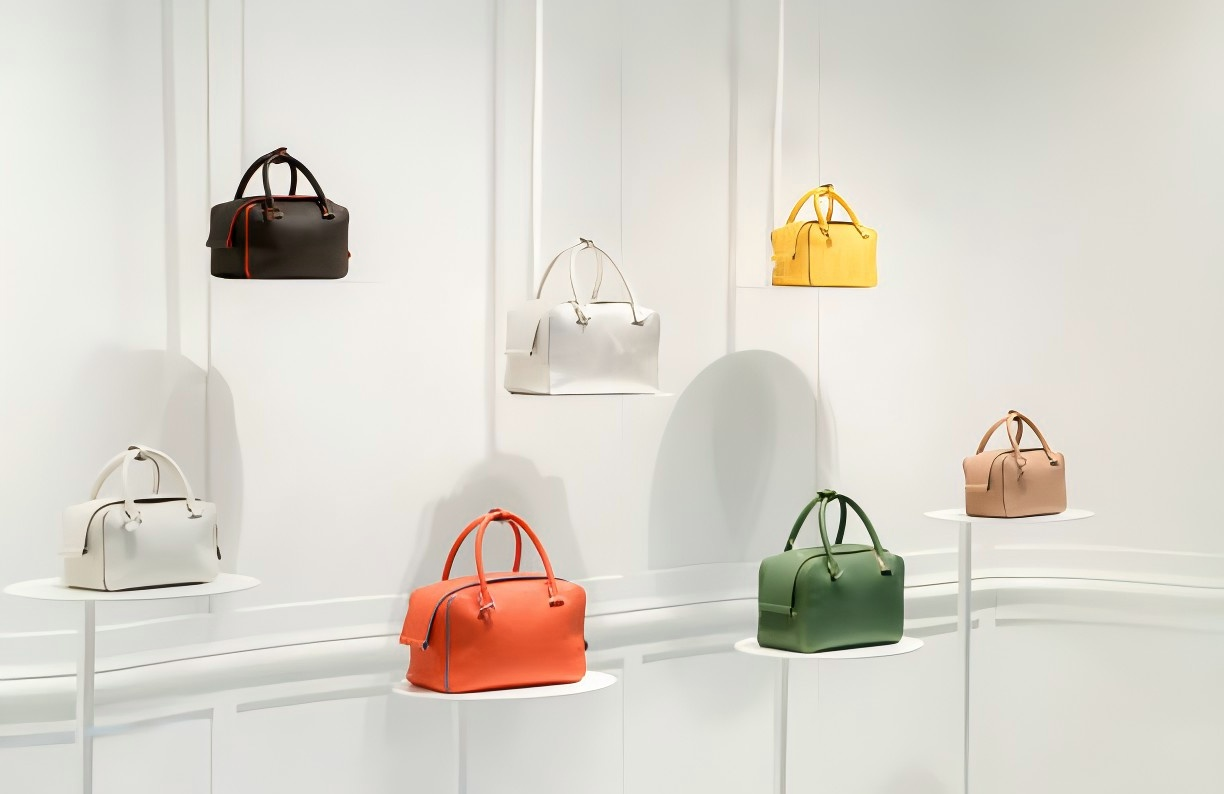
Va'ai i la matou Au'aunaga Fa'aaufa'atau Se'evae & Ato
Va'ai i a matou Matā'upu Fa'apitoa Poloketi
Fausia Au Lava Oloa Fa'apitoa Nei
Taimi meli: Nov-08-2024